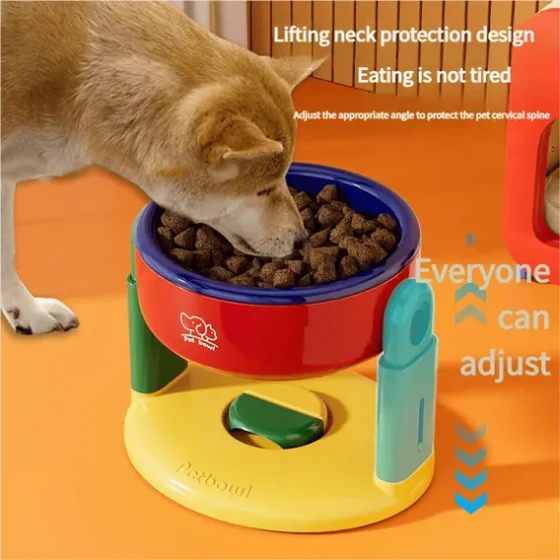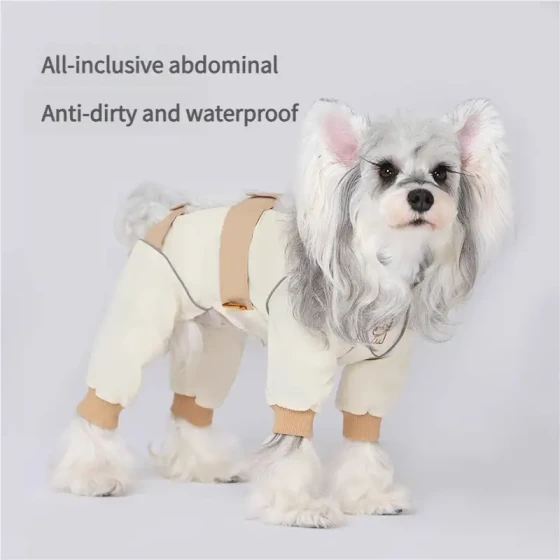How to Judge Dog Obesity
According to a well-known Weibo blogger, a 7-year-old German hunting dog named Fei Zai in a foreign country weighed 17 kilograms and was sent to an animal shelter last August. The veterinarian found that Fei Zai had high cholesterol and his back was overloaded. Therefore, he was forced to lose weight: doing aquatic aerobic exercise, eating specially made dog food… successfully slimmed down to 7 kilograms, not only made new friends but also could act cute in girls' arms, becoming an inspirational star! Dog owners at home should quickly check if their pets are obese and whether they need to lose weight.

Fei Zai before losing weight
When you touch the ribs, you can feel fat covering the ribs, and you can also feel the ribs. If viewed from the side and from above, you can see a slight indentation at the waist, the rib and spine bone contours are faintly visible, and the muscles of the limbs are quite obvious. Maintaining this body condition is the healthiest for dogs.

Fei Zai after losing weight
If you cannot see the ribs at all, lightly press the chest ribs area and the ribs cannot be felt, and only by pressing hard can you feel them. When you touch the ribs, you can feel a lot of fat covering the ribs. From above, you can see the whole chest and waist protrude, and the belly becomes very large. From the side, you can see a round, sagging belly, extremely thick fat accumulation on the neck, a noticeable "swimming ring" around the neck, and the back becomes very flat—so flat that a plate can be placed on the back. When walking, you can see the body's fat jiggling freely. All these indicate the dog is obese and needs to lose weight.
Losing weight is a test of endurance; do not expect immediate results. Dog owners must understand gradual progress and pay attention to scientific weight loss. Otherwise, the dog may not only fail to lose weight but also risk harming its health.



-560x560.webp)

-560x560.webp)